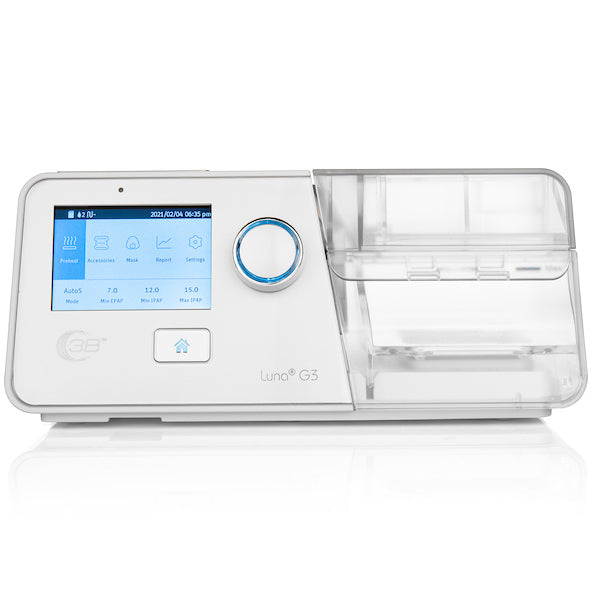BiPAP (Bilevel Positive Airway Pressure) and CPAP (Continuous Positive Airway Pressure) are both non-invasive forms of positive airway pressure therapy used to treat sleep apnea and other respiratory disorders. While they share the common goal of helping individuals breathe more effectively during sleep, they differ in how they deliver pressure.
-
CPAP (Continuous Positive Airway Pressure):
- Function: CPAP delivers a continuous and constant air pressure to keep the airways open. This helps prevent airway collapse and maintains a steady flow of air into the lungs.
- Usage: CPAP is commonly prescribed for individuals with obstructive sleep apnea (OSA), a condition where the airway becomes partially or completely blocked during sleep.
-
BiPAP (Bilevel Positive Airway Pressure):
- Function: BiPAP, on the other hand, provides two different levels of air pressure—a higher pressure during inhalation and a lower pressure during exhalation. This dual pressure system can be more comfortable for some users and may assist those who have difficulty exhaling against a constant pressure.
- Usage: BiPAP is often prescribed for individuals with more complex sleep-disordered breathing patterns, including central sleep apnea (CSA) or those who may need higher pressure support.
Key Differences:
-
Pressure Levels:
-
Indications:
-
Comfort:
- Some individuals find BiPAP more comfortable, especially if they experience difficulty exhaling against a constant pressure.
-
Adaptability:
- BiPAP may be more adaptable for individuals who require higher pressure support or experience fluctuations in their breathing patterns.
The choice between BiPAP and CPAP is typically based on an individual's specific sleep apnea diagnosis, their tolerance of therapy, and the advice of healthcare professionals. It's important to note that the information provided here is a general overview, and individual medical advice should be sought for personalized recommendations.
